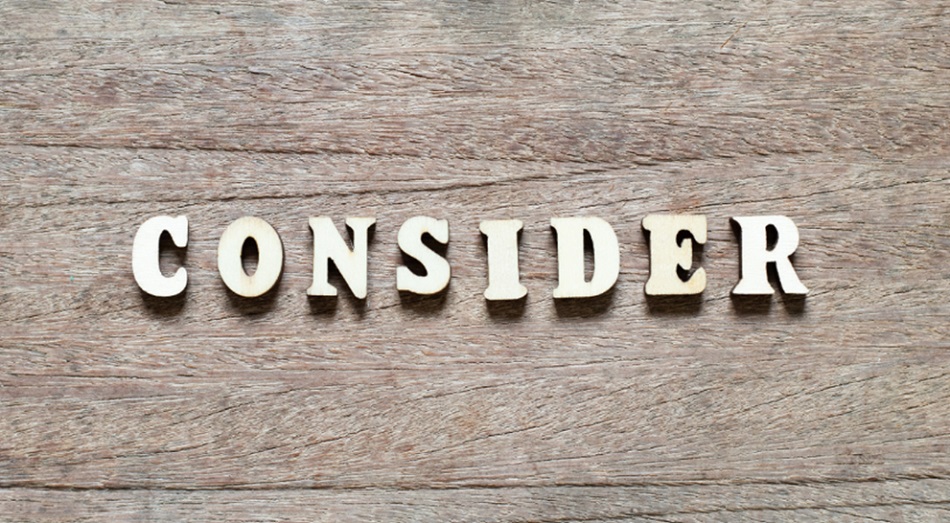Building a kids’ tennis court may seem like a simple project, but there are several factors to consider to ensure it provides a safe and enjoyable experience for its young users. The intent of this article is to guide you through the key aspects to consider while planning and building a kid-friendly tennis court.
Safety Measures
Safety should always be the top priority when designing a kids’ tennis court. Your choice of tennis court builders can have a significant impact on the safety aspect. Therefore, be sure to hire reputable and experienced tennis court builders who understand the specific requirements of a children’s court.
Some safety features to consider include:
- Adequate fencing to prevent stray balls from causing accidents.
- Gentle slopes around the court surface to prevent water pooling, which can lead to slippery conditions.
- Net posts and other protruding objects should be covered or strategically placed to minimize injury risks.
Surface Type
Choose a court surface that is suitable for kids and offers a good balance between performance and injury prevention. Options include:
- Clay: This surface provides excellent traction and is gentle on little joints. However, it requires regular maintenance.
- Hard court: Made of concrete or asphalt, this surface offers a consistent bounce and is lower in maintenance compared to clay courts. However, it can be tough on the body, especially for younger players.
- Cushioned hard courts: These combine the benefits of hard courts with added cushioning layers to reduce stress on the body.
- Synthetic grass: This surface offers a soft and comfortable play experience but may not provide the same consistent bounce as other surfaces.
Court Size and Layout
Smaller court dimensions are recommended for kids, as they allow for a more enjoyable and less intimidating play experience. The International Tennis Federation recommends the following court sizes for kids:
- Ages 8 and under: 36 ft x 18 ft
- Ages 9 to 10: 60 ft x 21 ft (singles) or 60 ft x 27 ft (doubles)
Keep in mind that it’s essential to allocate sufficient space around the court for safe play and spectating. Also, consider adding markings or colored lines for different age groups to easily identify court boundaries.
Cost Considerations
One key aspect to keep in mind while planning the project is knowing the cost of a tennis court. Factor in costs related to materials, construction, permits, and ongoing maintenance. Planning the budget carefully will help avoid cost overruns and ensure a seamless execution of the project.
In Conclusion
Creating a safe and enjoyable kids’ tennis court requires thorough planning, the right choice of materials, and attention to detail. Prioritize safety features, surface type, court size, and layout, and work with experienced tennis court builders to bring your vision to life. By considering these factors and giving kids the best tennis equipment to learn the game, you can ensure your court becomes a safe and fun environment for them to enjoy the sport.

